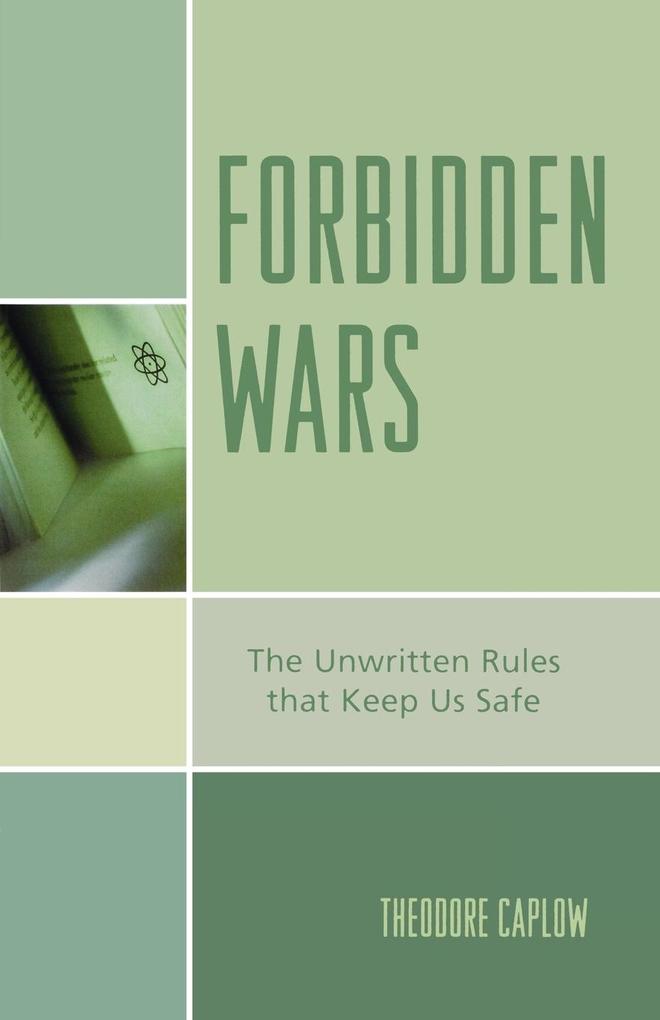
Zustellung: Sa, 19.07. - Mi, 23.07.
Versand in 5 Tagen
VersandkostenfreiForbidden Wars proposes to explain why no nuclear weapon has been fired in anger since 1945, why no nuclear weapon has ever been detonated by accident, why terrorists have made no serious attempt to acquire nuclear weapons, and why the Cold War between the United States and the Soviet Union never broke out into a real war. All of these remarkable non-events flow from a set of unwritten but compelling rules for war-making that appeared spontaneously after the atomic bombing of Hiroshima and Nagasaki-along with a taboo against any further use of nuclear weapons-which have so far been universally respected.
The most important effect of these rules is that every nation with a nuclear arsenal is virtually immune to attack by the armed forces of any other nation. The same rules seem to explain the global spread of insurgencies and the successes and failures of the non-proliferation regime. These developments are not the result of a conventional understanding of nuclear deterrence, but instead are based on the well-documented history of armed conflict in the world during the past sixty years. Forbidden Wars presents a unique insight that casts new light on America's foreign policy.
The most important effect of these rules is that every nation with a nuclear arsenal is virtually immune to attack by the armed forces of any other nation. The same rules seem to explain the global spread of insurgencies and the successes and failures of the non-proliferation regime. These developments are not the result of a conventional understanding of nuclear deterrence, but instead are based on the well-documented history of armed conflict in the world during the past sixty years. Forbidden Wars presents a unique insight that casts new light on America's foreign policy.
Inhaltsverzeichnis
Part 1 Preface Chapter 2 Nuclear Rules Chapter 3 Since Hiroshima Chapter 4 Nuclear Decisions Chapter 5 Nuclear Strategies Chapter 6 Non-Events Chapter 7 The Nuclear Taboo Chapter 8 Hostages and Tripwires Chapter 9 Nuclear Restraints Chapter 10 Regulating War Chapter 11 Low-Intensity Conflict Chapter 12 The Imperial Project Chapter 13 Post-Imperial Opportunities Chapter 14 Safer Than It Seems Chapter 15 Postcript Part 16 Notes Part 17 References
Produktdetails
Erscheinungsdatum
01. Mai 2007
Sprache
englisch
Seitenanzahl
124
Autor/Autorin
Theodore Caplow
Verlag/Hersteller
Produktart
kartoniert
Gewicht
167 g
Größe (L/B/H)
216/140/7 mm
ISBN
9780761836704
Entdecken Sie mehr
Bewertungen
0 Bewertungen
Es wurden noch keine Bewertungen abgegeben. Schreiben Sie die erste Bewertung zu "Forbidden Wars" und helfen Sie damit anderen bei der Kaufentscheidung.








